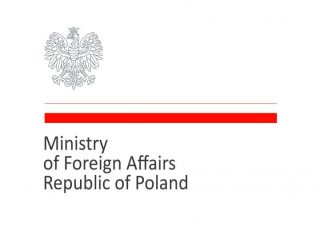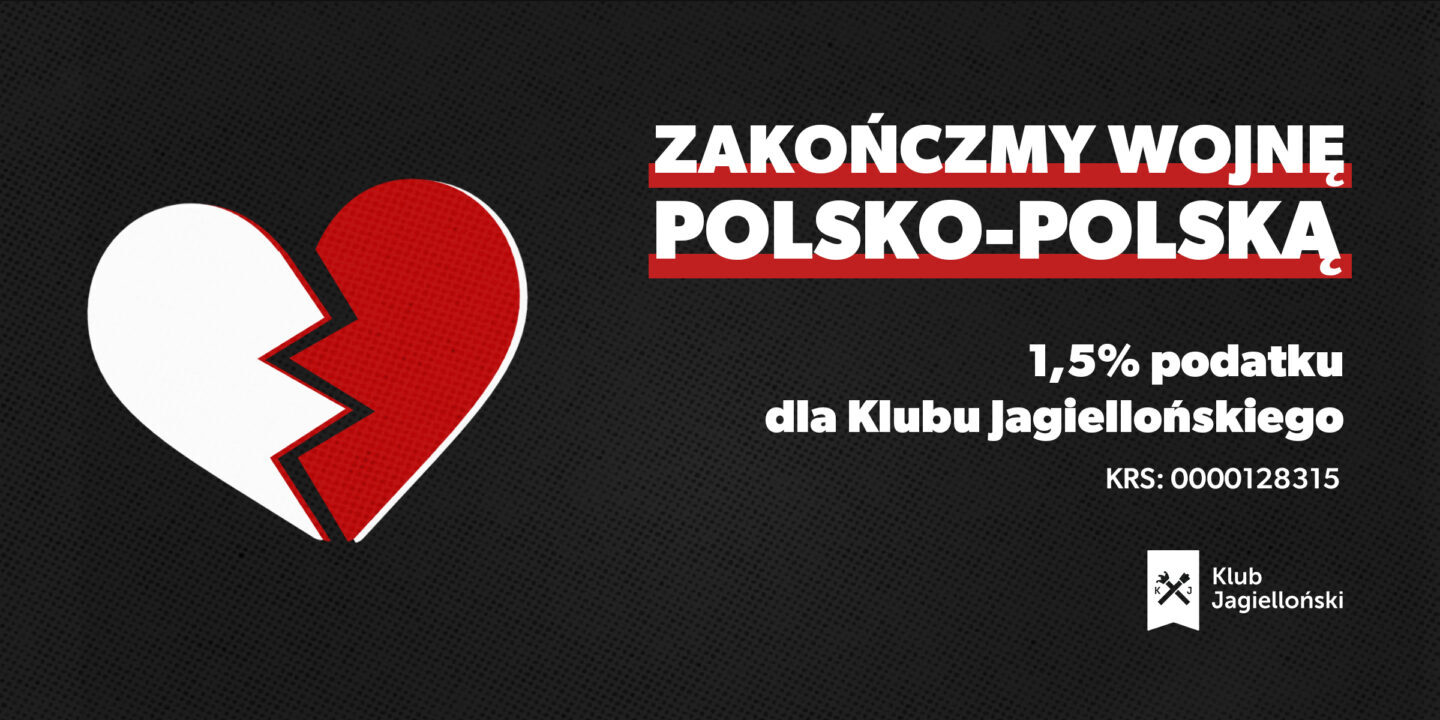#Polish 5G – on the road to a successful compromise between the state and the market
W skrócie
In the case of 5G networks, we may try to have a cake (provide basic state control over the critical infrastructure) and eat it too (allow private businesses cost-effective investments and faster implementation). The agreement reached on Monday seems to be the best possible solution, a compromise taking into account cybersecurity, Poland’s even development and the rapid pace of 5G implementation in large cities.
Three variants of introducing the 5G network in Poland were considered in the past term. The first of them assumed distributing electromagnetic spectrum bands in a similar way as for previous technologies (LTE). Independent new-generation networks would then be formed by private operators – Cyfrowy Polsat, Orange, Play and T-Mobile. The second concept involved joining forces of these four operators and creating a single joint network. Advocates of the third option particularly included the representatives of Exatel – a state-owned telecommunications operator. This involved the concept of building a single network supervised by a national operator.
Various unofficial negotiations were taking place for months. Prime Minister Morawiecki met with the presidents of telecommunications companies to – according to „Rzeczpospolita” reports – learn their views on the concept. After months, a compromise was reached, which essentially satisfied everyone: the agreement signed on Monday means that we will build the network… partly in the first variant, and partly in a combination of the second and third.
What is the deal with frequencies?
The 5G network will consist of three frequency bands: the lowest one at 700 MHz, the medium one at 3.4-3.8 GHz, and the high one at 26 GHz. What are the major differences between them? First, their capacity (the volume of data transferred, the number of connected devices), which increases with frequency, and second, the range of a single transmitter – which decreases with increasing frequency.
Therefore, the 26 GHz network will be best suited for use, for instance, in stadiums or shopping malls, because it is able to support many users at a time, provided they are near a transmitter. The 3.4-3.8 GHz range is suitable for serving large cities – still many users are involved, but they are spread over a greater distance. The 700 MHz network, in turn, can provide network connection in sparsely populated areas, while offering the longest range. In practice, this means a smaller number of transmitters, and thus lower costs of coverage for a given area. So it will be handy in small towns, villages, or even along roads and tracks.
How to cut the electromagnetic cake evenly
As announced for months already, the 3.6 – 3.8 GHz band is to be broken down into four smaller bands and allocated in an auction by the Office of Electronic Communications. Such a solution seems to suit the four private operators on the Polish market. According to OEC announcements, the auction is expected to end in June or July 2020.
Monday’s agreement to start work on creating the company #POLSKIE5G was signed by the representatives of three private operators (with the participation of Play) as well as Exatel and the Polish Development Fund (which is to help fund the new network). The agreement concerns the creation of an entity, a new public-private company, whose task will be to create a joint 700 MHz network. Therefore, both commercial operators and state services will be able to use it, and Poland itself has a chance at better control over this network element.
Win-win situation
Commercially speaking, 3.4-3.8 GHz networks are the most attractive, while from the state’s point of view – the network with the lowest frequency is the best option. The agreement reached allows private operators to cooperate and compete on market terms where it is particularly important for them and gives them the opportunity for adequate profits – i.e. primarily in large cities. It is hardly possible to avoid economic calculations here, as the 5G network will be a huge investment. The National Broadband Plan estimated the costs of creating a 5G network at between PLN 11 and 20 billion.
A 700 MHz network, in turn, would probably not be profitable for a single operator, and would not be profitable even for four operators combined in some places in Poland. The emerging company #POLSKIE5G will be created in cooperation between operators and the state. In exchange for bearing part of the investment costs, the state gains better control over the network, also in terms of its security. Thus, a public infrastructure is to be created, ensuring at least minimal (still many times faster than the current LTE network) access to the Network throughout Poland.
However, the fact that thanks to this we will not leave medium-sized cities and Polish villages behind seems to be the most important. Over time, the 5G network will become standard in communication, and business-unprofitable investments in the Polish interior might further hinder the development opportunities in the province. The aspect of communication for crisis services also cannot be overstated. Covering most of Poland’s territory with 5G would allow for a more efficient response to e.g. calamities and natural disasters.
The question of Russian TV
Not all problems have yet been resolved. The 700 MHz frequency was previously used for air navigation or analog television broadcasts. Although the EU countries agreed to move these tasks to other frequencies, the issue of Belarus, Ukraine and Russia remained open. Poland has signed special bilateral agreements with the first two countries, according to which they will withdraw from using these bands for other purposes – however, these do not set specific dates of discontinuing the use of said frequencies.
The Russian Federation, however, is a much more serious problem. Moscow is torpedoing attempts to agree on the „seven hundred” issue. Russian TV may disrupt the local network in this band, either in all or in some Polish provinces: from the eastern flank of Pomerania, through the northern edge of Łódź and Podlasie. Poland intends to settle this matter by June 2022, but for now it is difficult to find positive reactions on the other side. A lack of agreement would mean that a significant part of Poland would be out of reach of this (soon to be) basic telecommunications infrastructure.
The recurring Huawei case
Russia is not the only issue. The question arises: what devices will be able to form a new-generation network, or more precisely: Are relatively cheap Huawei devices a threat to cybersecurity? In an interview with „Dziennik Gazeta Prawna”, Minister Karol Okoński mentions the laboratories which are being built in Poland and that are to certify equipment authorized to build the future infrastructure, including the 5G network. The criteria for assessing the 5G equipment, however, have not yet been set at the European level, and – as the minister himself states – we will have to wait a few more years for the Polish institutions to reach the adequate efficiency. That is why „The guarantees of compliance with 5G safety standards are based on the manufacturers’ declarations”. This makes it difficult to verify the US accusations of Huawei equipment of being a threat to cybersecurity.
In the same material, Minister Okoński on the one hand denies that Poland wanted to exclude any equipment supplier, while on the other, he speaks of a necessity to introduce criteria for equipment suppliers that will be difficult to meet by the Chinese giant. The minister also claims that this position is not far from Germany’s. Their decision to not exclude Huawei by name was made in mid-October and was received as a rejection of US accusations – although they also mentioned a catalog of security criteria that suppliers would need to meet. So it would seem that whether Poland would comply with American demands to exclude Huawei, find a compromise (much like Great Britain, which allowed the company’s devices only to a part of the infrastructure), or leave the market open to the Chinese equipment, will be decided in the coming year. Again, the devil will be in the details of specific regulations.
The possibility of using Huawei in the Polish 5G network is an important issue for the operators – it is a company that for years has been offering cheaper and sometimes more advanced equipment than the competition; hence, for example, most of our 4G network uses this company’s devices. Excluding it from the market may cause a several dozen percent increase in the network creation cost, which in turn will trigger a delay in creating a network in this standard in Poland.
An alliance between the state and the market?
If it actually leads to establishing the company #POLSKIE5G with the described shareholders, the memorandum may be the first step to a reasonable compromise, from which the state, the market and the citizens will all benefit. The mobile internet network is no longer a regular market service. Some of it – the one based on the 700 MHz frequency – becomes the basic part of the state’s public infrastructure, much like roads or railways. Meanwhile, we do not risk excessive centralization, allowing the market to operate in the profitable portion of the new technology and provide 5G tech in large cities faster and probably just cheaper.
There is another aspect, apart from questions about Russian negotiations and final decisions on Huawei. How will we use the new technology? Merely for faster internet access or for creating Industry 4.0? Looking at how technologically backward Polish enterprises are – we still have three times fewer industrial robots per employee as compared to the EU average and almost nine times fewer than the Germans – one may doubt whether we will actually be able to use this opportunity well. Introducing 5G technology to an economy like ours today only means the ability to launch HD Netfix anywhere in Poland.
Polish version is available here.
 Publication (excluding figures and illustrations) is available under Creative Commons Attribution 4.0 International. Any use of the work is allowed, provided that the licensing information, about rights holders and about the contest "Public Diplomacy 2019" (below) is mentioned.
Publication (excluding figures and illustrations) is available under Creative Commons Attribution 4.0 International. Any use of the work is allowed, provided that the licensing information, about rights holders and about the contest "Public Diplomacy 2019" (below) is mentioned.
The publication co-financed by the Ministry of Foreign Affairs of the Republic of Poland as part of the public project "Public Diplomacy 2019" („Dyplomacja Publiczna 2019”). This publication reflects the views of the author and is not an official stance of the Ministry of Foreign Affairs of the Republic of Poland.


